This article is the first of a three part series on counterfeit goods in Canada.
TORONTO—Counterfeiters have moved beyond knock-off Rolexs and fake Louis Vuitton handbags to more ambitious—and dangerous—territory: medical drugs and electronics.
Lorne Lipkus, an attorney and the chair of the Canadian Anti-Counterfeiting Network’s Education and Training Committee, says that when he first started dealing with anti-counterfeit in the 1980s, “it was really only cheap apparel and luxury goods.”
Today, he sees counterfeit branching into extension cords, Christmas lights, hair irons, Bluetooth headsets, and batteries—potentially dangerous items that don’t seem like obvious counterfeit targets.
Corporal Judith Falbo from the Kitchener detachment of the RCMP says some counterfeit drugs have leaked into brick-and-mortar stores, including a case in Hamilton, Ont., that the RCMP investigated several years back.
However, brick-and-mortar pharmacies are still generally a good option.
“Most pharmacists are reputable people that care about their patients and care about their pharmacy,” Falbo says, adding there are “very strict” regulations for how pharmacies get their products.
Meanwhile, Internet counterfeiters remain anonymous, she says. They create a professional-looking website to lure customers, sometimes mimicking reputable pharmacies, and are difficult for law enforcement to track down.
Unsuspecting Consumers
Gray says there is some ignorance among consumers regarding counterfeit. “Maybe some people can’t afford medicine, so they go online and look for a better deal, not really realizing that potentially it’s counterfeit.”
Five to ten years ago, he himself did not realize that counterfeiting had reached beyond luxury goods into potentially dangerous items like medicine or batteries.
“You name it, you can counterfeit it now,” he says.
Embarrassment prompts some consumers to buy lifestyle enhancement drugs online rather than see a pharmacist, and then keep silent if they are sold counterfeits that don’t work, says Falbo.
Dangerous Medicine
Falbo says the risk with counterfeit medicine is that “you don’t know what you’re getting.” The drug could have dangerous additives, stipulate the wrong dosage, or even contain no medicinal ingredients at all, she says.
“Counterfeiters don’t care about anything but making money—they don’t care if they kill you with an overdose, or if they kill you with nothing,” Falbo says.
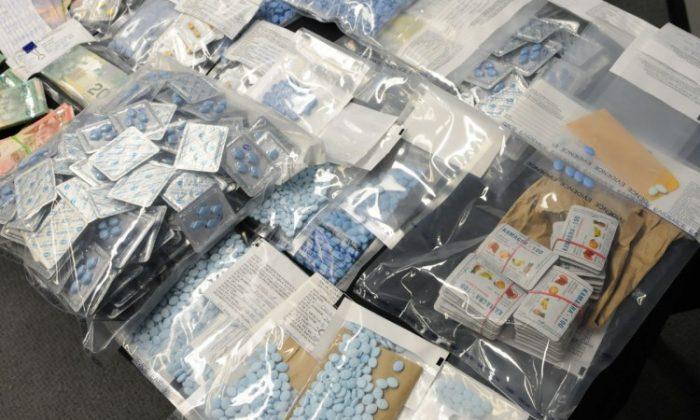
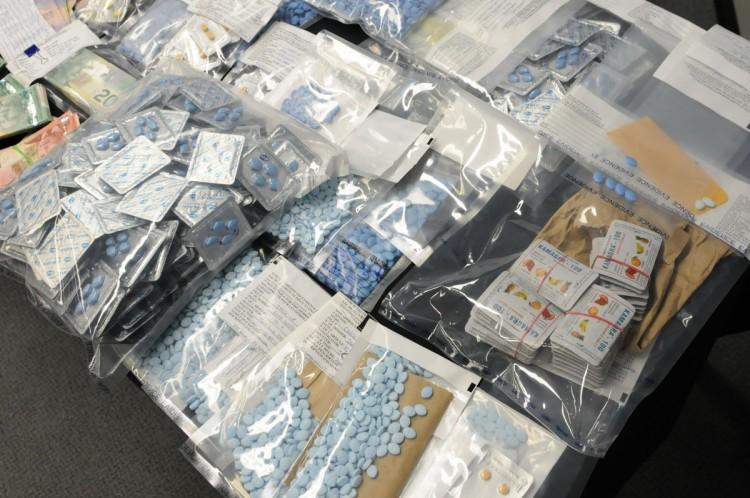
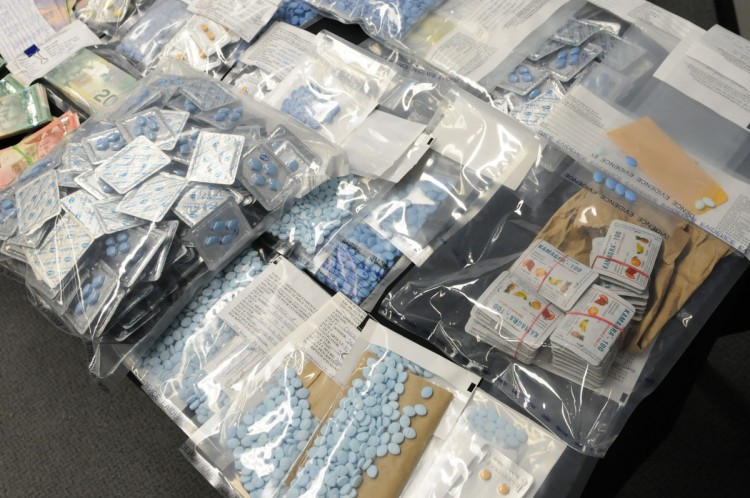
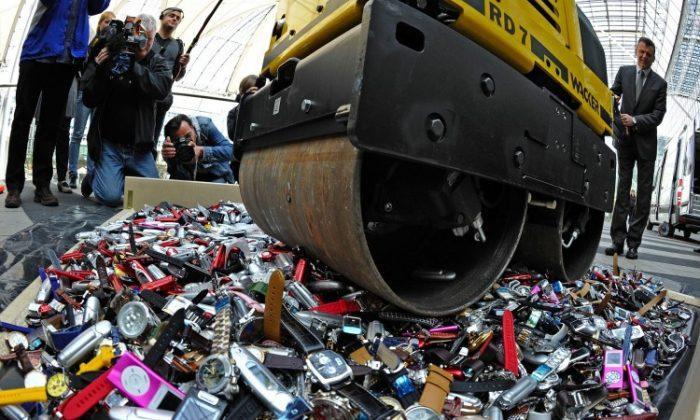
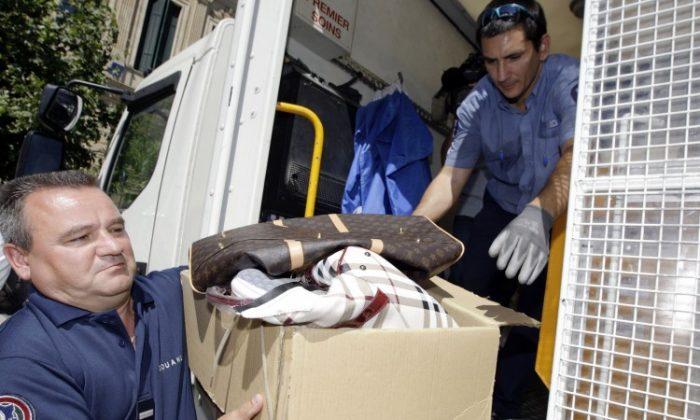
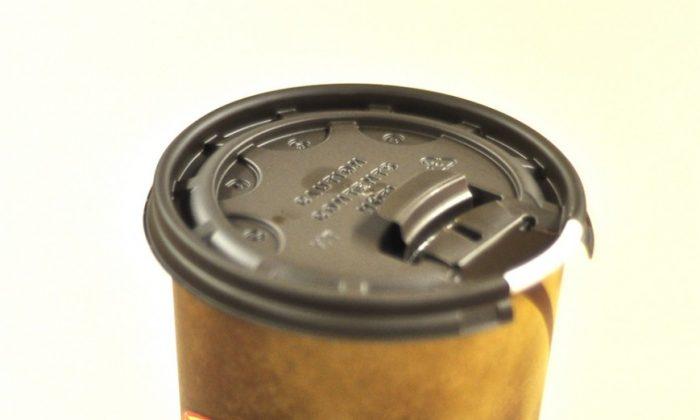
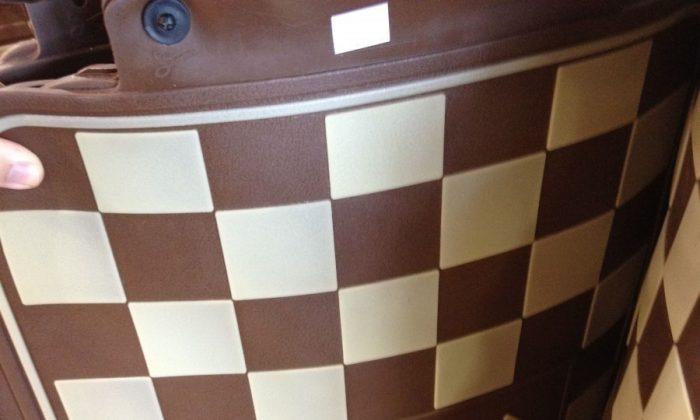
Friends Read Free